Going to the Villa Grimaldi Park for Peace and the Cemeteria General de Santiago
was the experience I have been waiting for since I have arrived in Chile.
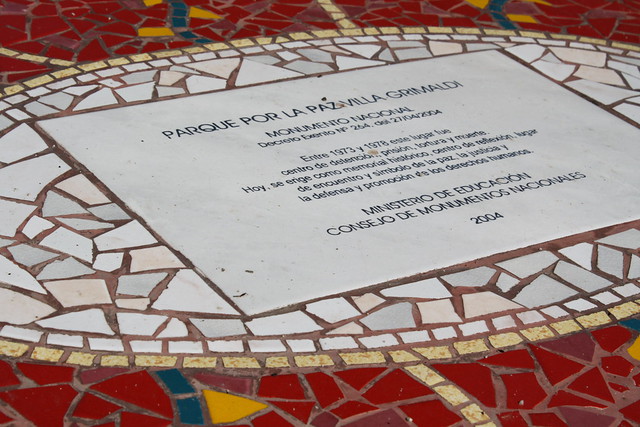
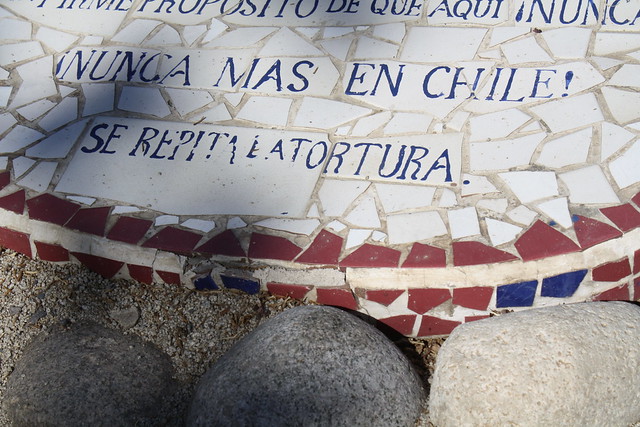
Now a memorial site, Villa Grimaldi is a property on the outskirts of Santiago that served as a detention and torture center from 1974-1978, during the dictatorship of Augusto Pinochet. Augusto Pinochet assumed power in Chile in a 1973 coup d'état, which was publicly supported by the United States government. The US was eager to overthrow President Salvador Allende,who they feared would lead Chile into Marxism. Shortly after the coup d'état, Allendewas found dead in the palace. To this day, nobody knows if it was suicide or an assassination. During Pinochet's regime, nearly 32,000 citizens were tortured, 1,312 citizens were exiled, and 2,279 citizens, known as "los desaparecidos" were killed. Villa Grimaldi (which was 1 of 3torture centers) tortured around 5,000 people, 240 of which joined the group of desaparecidos.
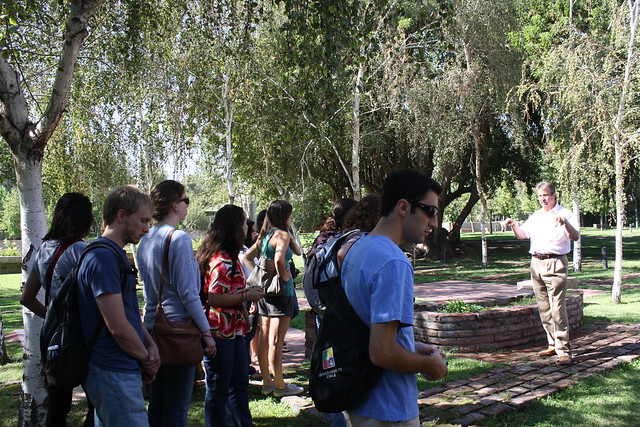

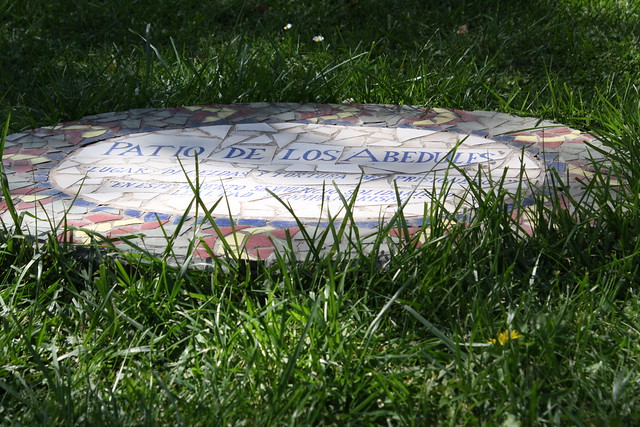
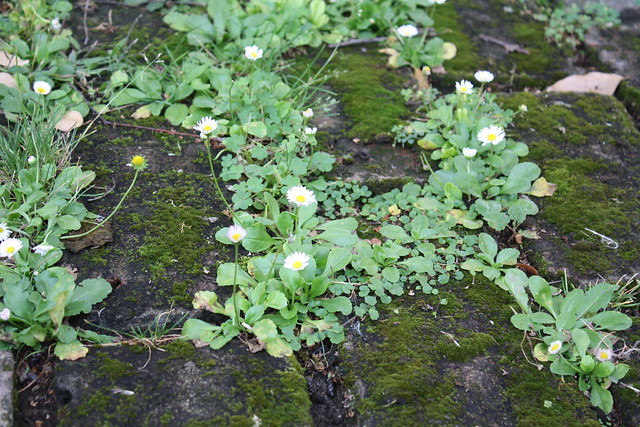
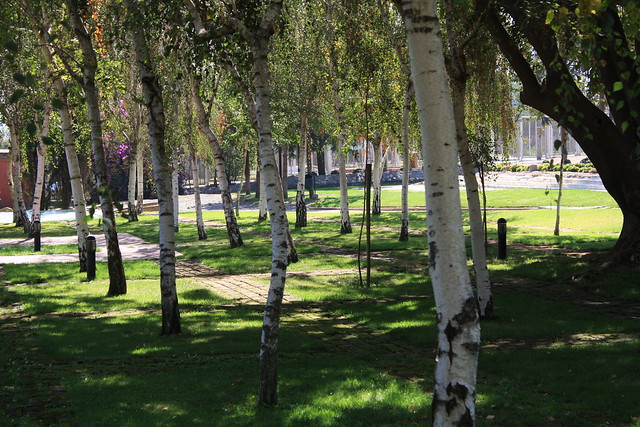
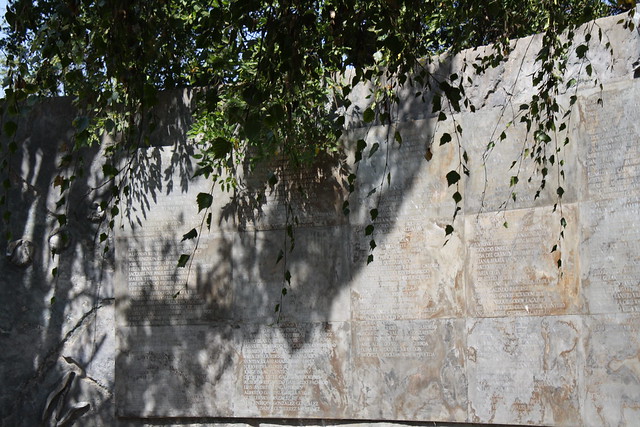 |
| A wall with the names of all of the detainees |
Salvador Allende was, as you may have guessed, Chilean author Isabel Allende's uncle. Although she claims not to have known him very well, it is clear that he has had a huge influencein her writing. Of the four Isabel Allende books I have read, every one has included a subplot of a military coup or a dictator. These political storylines, intertwined with the presence of magic & Allende's ethereal writing style, captivated me and are what made Chile sound so intriguing.

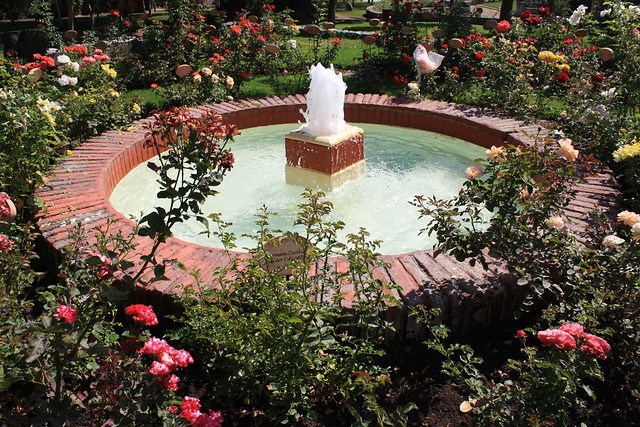
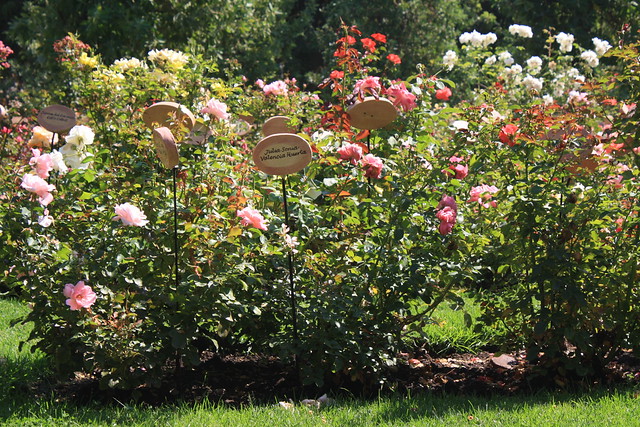
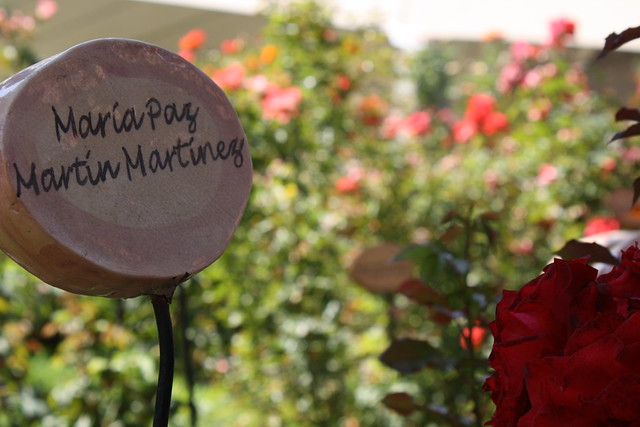 |
This is the Garden of Roses. There was a rose planted to represent every woman who was executed at the camp.
The inscription on the fountain says, "We were all meant to be queens." |
What began as an informational tour about Chile's political history soon became very personal,when we realized that our tour guide was a survivor of the Villa Grimaldi torture center. He walked us through the park, describing where the prisoners were held and all of thehorrible things they experienced. I felt like my heart was in my throat all day. There were a few times I had to physically walk away from the group on the pretense of taking prettypictures just so that I wouldn't have to listen to the heartbreaking anecdotes he told us.
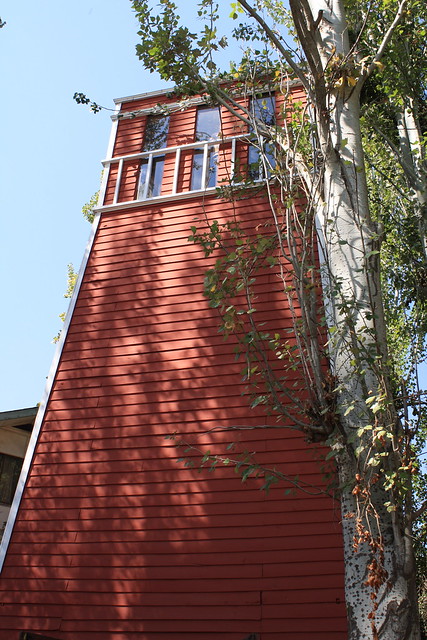
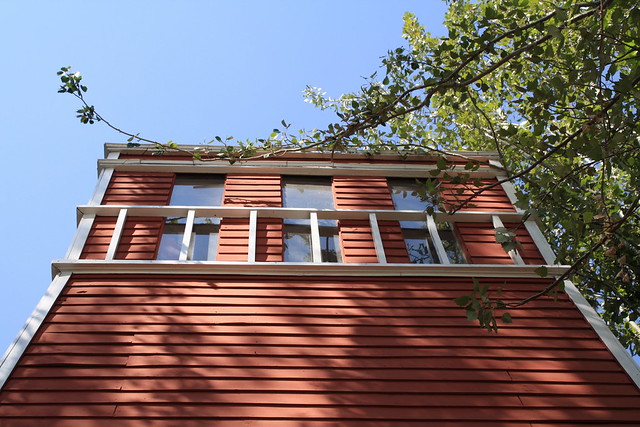
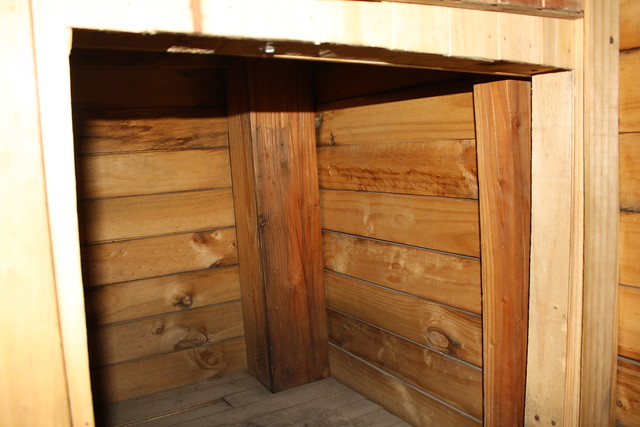
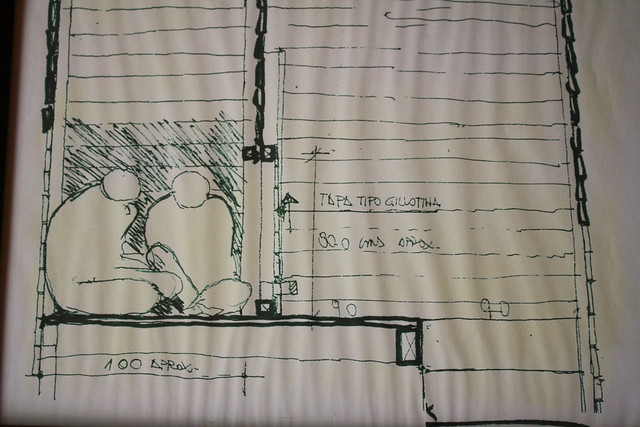
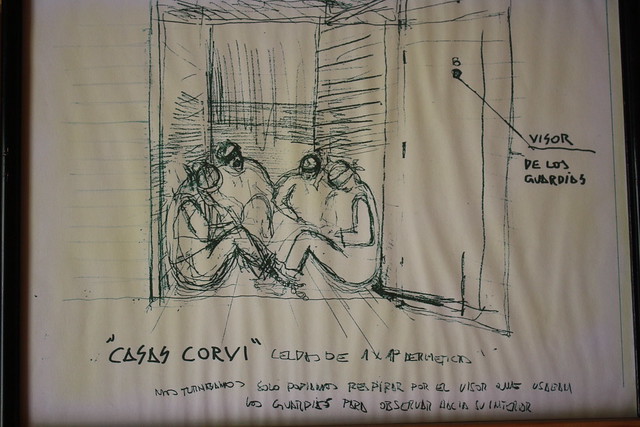 |
A reconstruction of the isolation tower where selected prisoners were taken.
Most people taken to the tower were never seen again. |

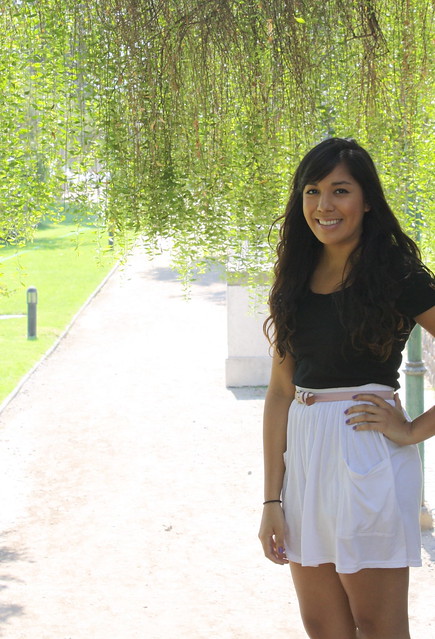
The best smile I could conjure up in such a depressed state.
The day didn't get any merrier when we went to the Cemeteria General de Santiago. Although incredibly beautiful, the division of classes was very apparent, makingus even more concerned about human rights in Chile. In the next pictures, you can see how, even in death, the people of Chile remain divided by their social classes.
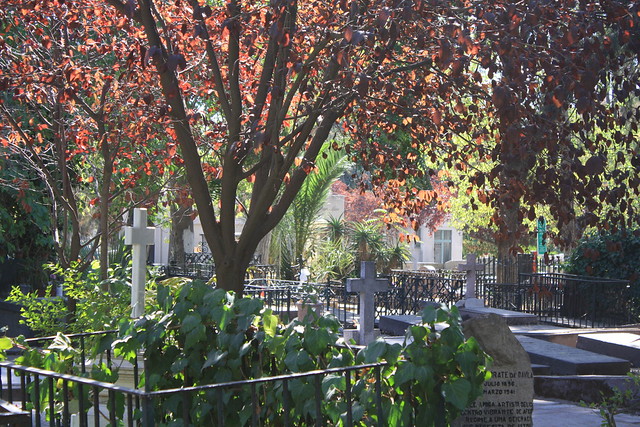


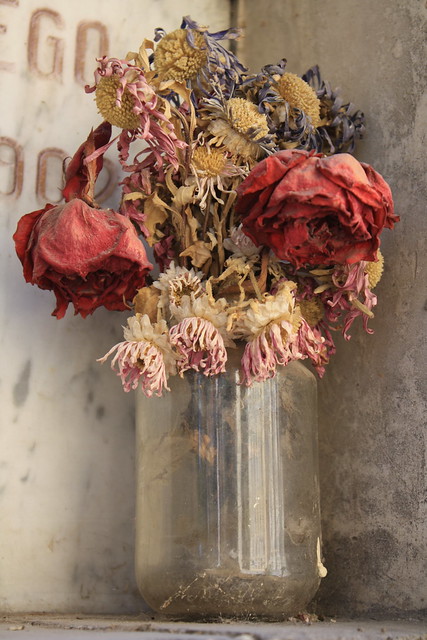
![]()
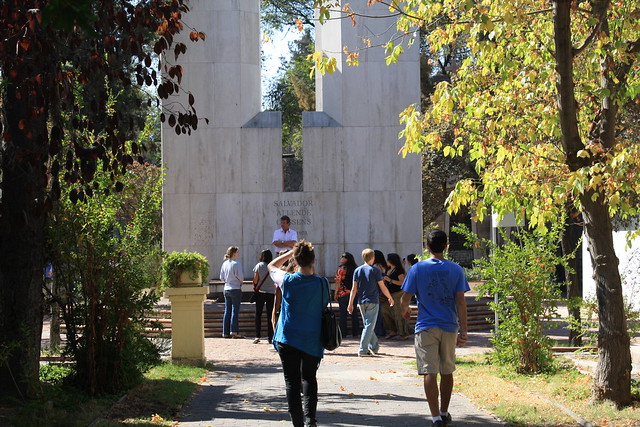
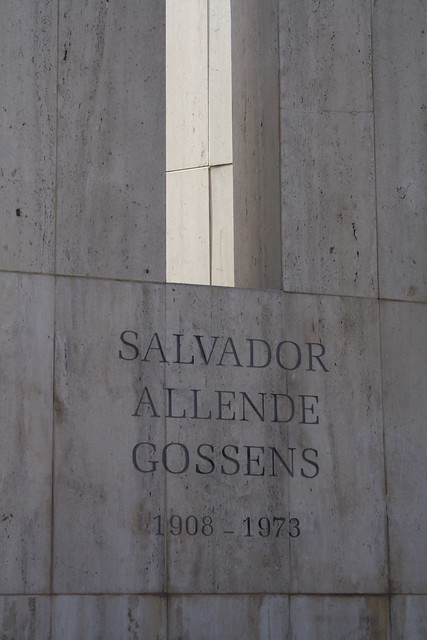
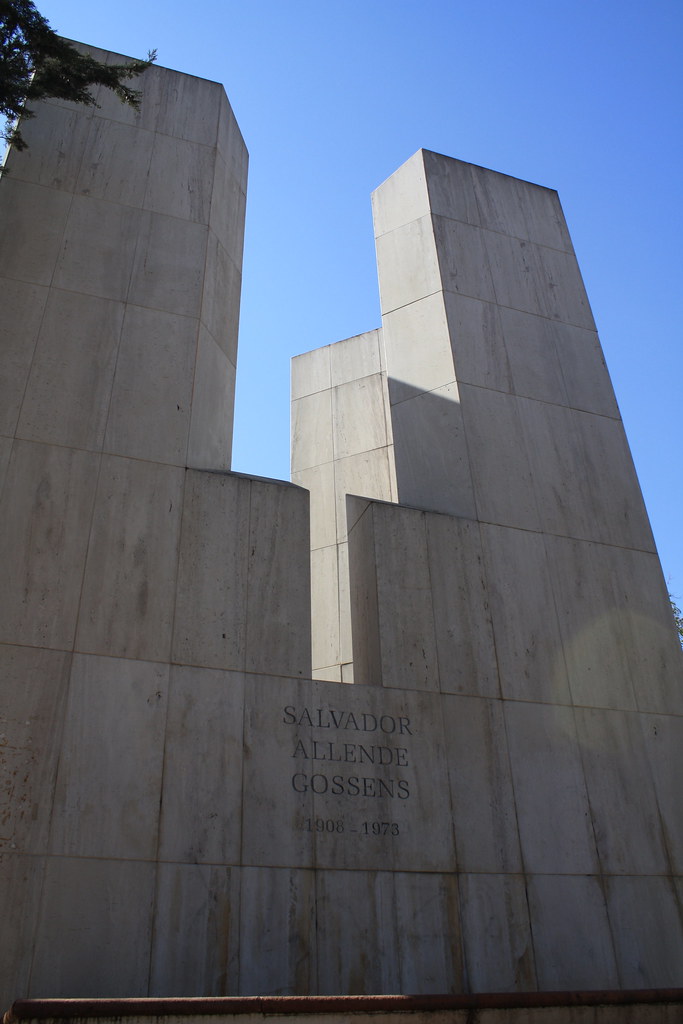
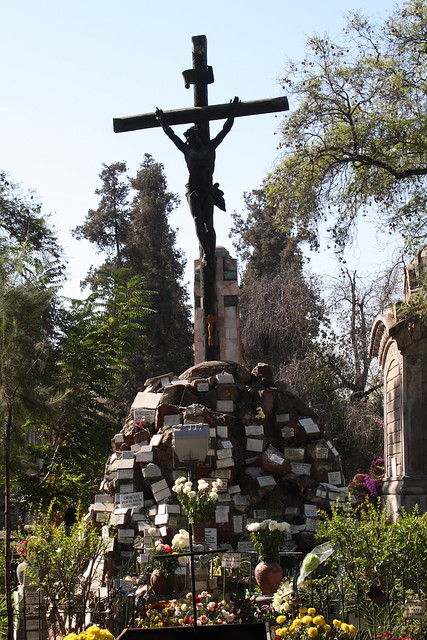
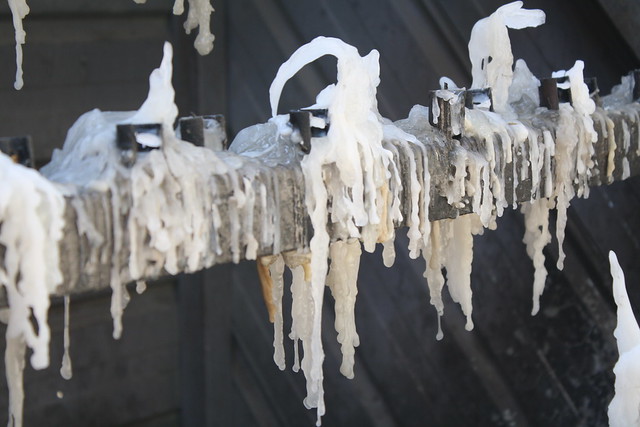
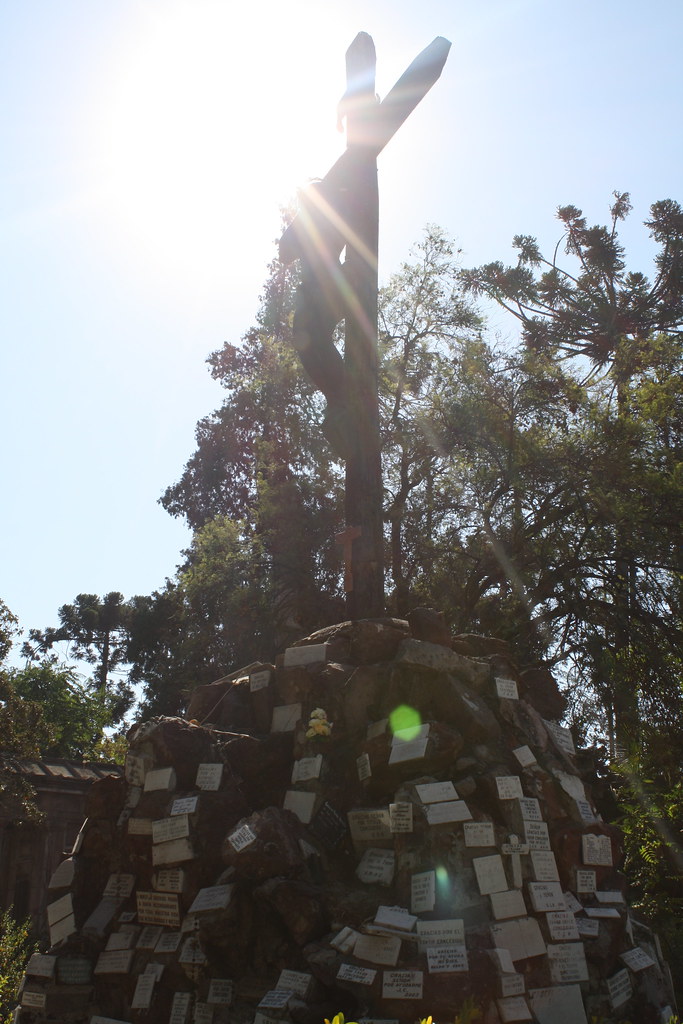

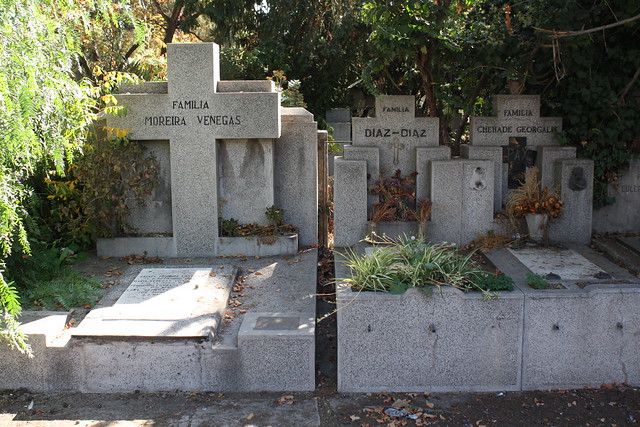
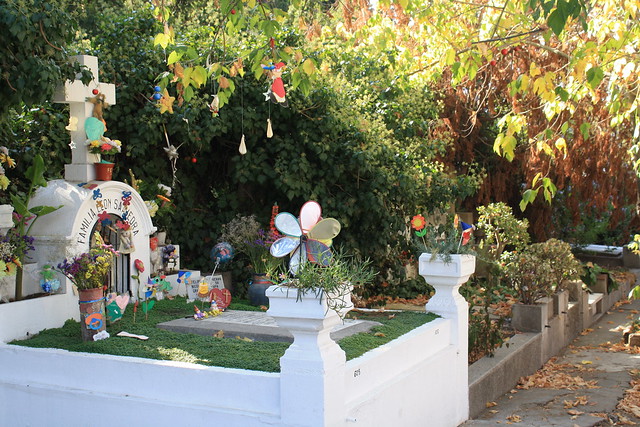
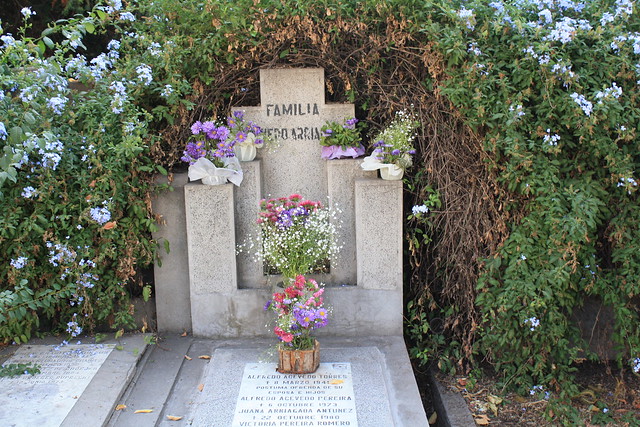
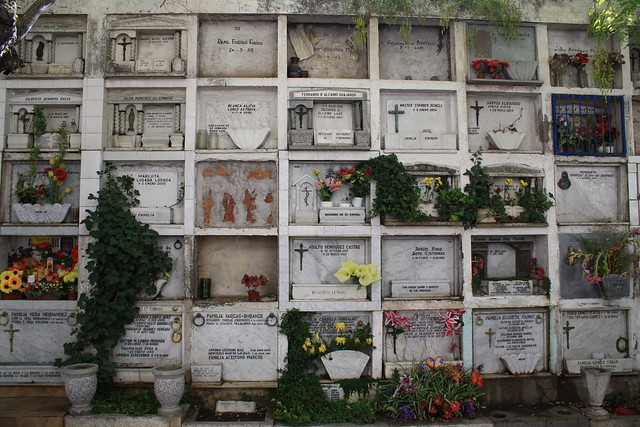
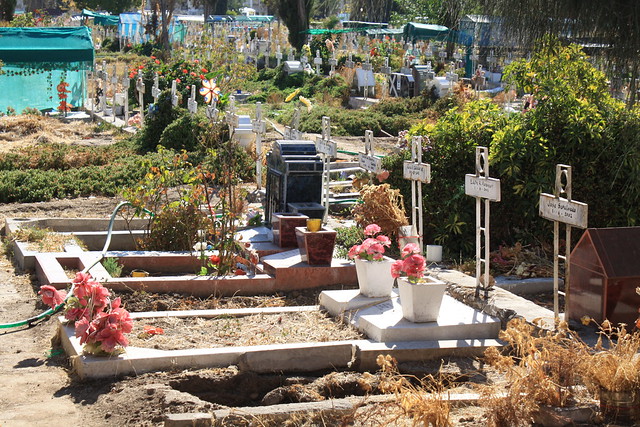
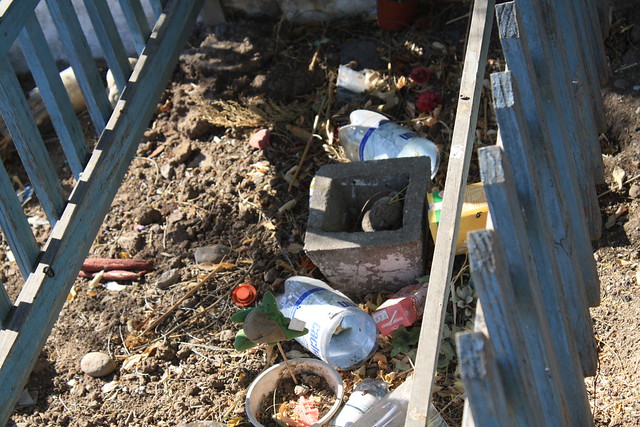
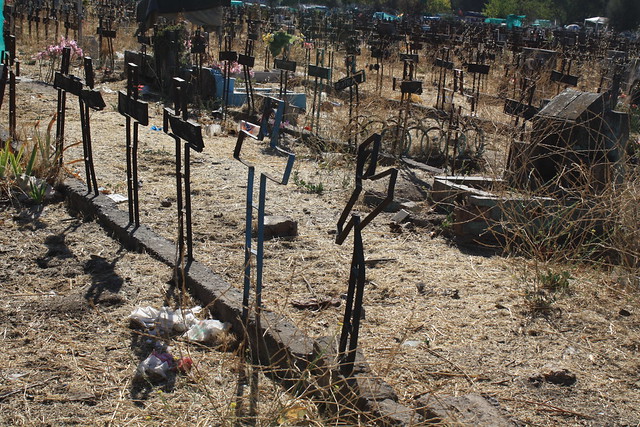
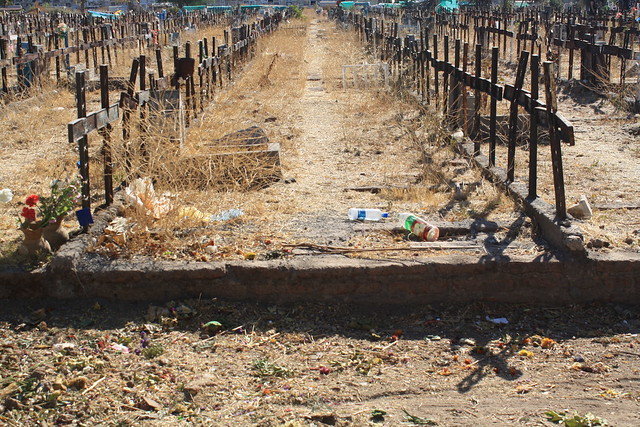
Our tour guide was so brave, humble, and inspiring. There were a couple times in the tour when you could tell he was struggling to relive some of the experiences. When he cried at Salvador Allende's tomb, I just about lost it. The next few pictures is a memorial wall for all those who died during the dictatorship.
On the left side are the names of los desaparecidos and on the right side are the names of political leaders who were assassinated.




Though it was not the most joyful of days, it was definitely one of my favorites in Chile.











































1 comment:
thank you so much for posting this and experiencing it. I know it was hard for me just watching the documentary, but you were there. ):
Post a Comment